Until the fall of the Berlin Wall in 1989, socialist culture evolved its own utopian story, a story that’s now been told in a new show of what you might call behind-the-iron-curtain retro art at Kunstgewerbemuseum, or Museum of Decorative Arts, in what was once West Berlin. These were times when Berlin was brutally divided by the Soviet Union, the Wall a deadly symbol of the absolute separation in every way from the West, a separation that allowed the development of a very distinct retro art style.
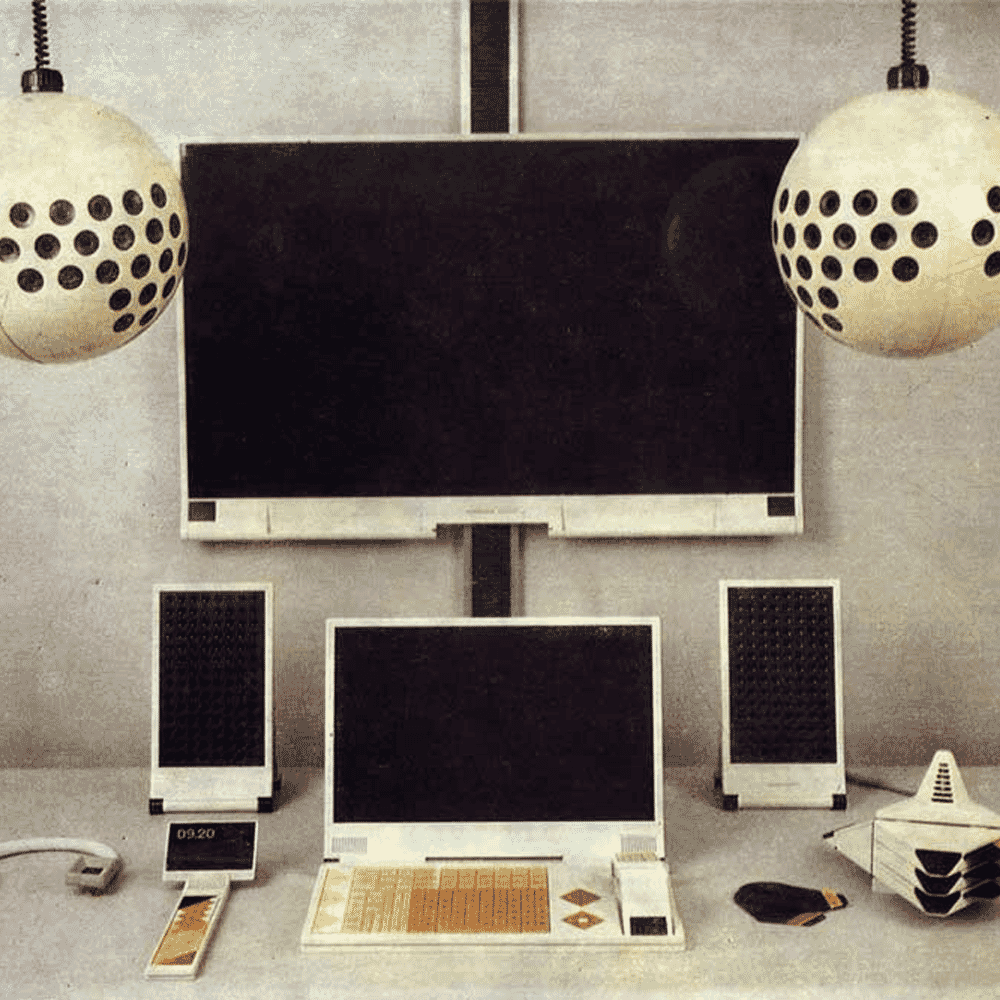
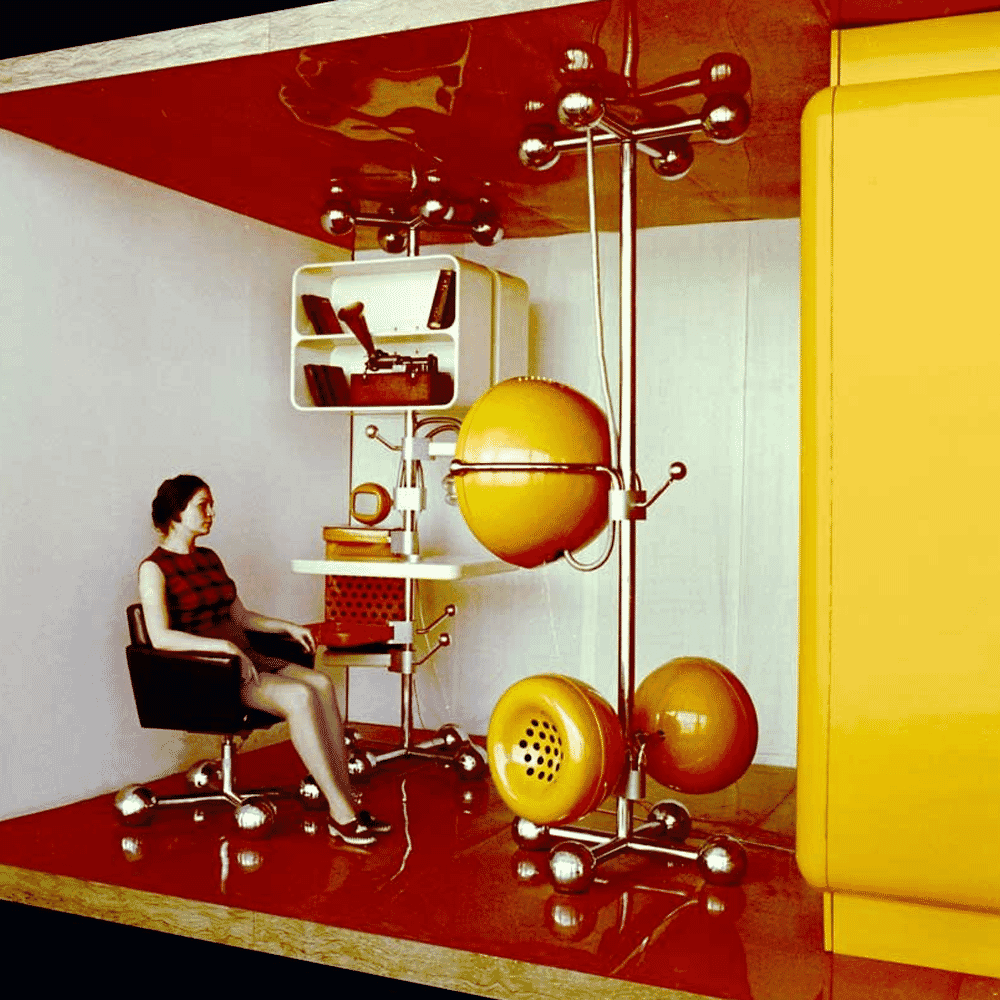
Minimalist round tables and chairs wouldn’t look out of place in your mid-century modern collection right now, retro art that speaks across the decades. In fact, the curators suggest, they’re part of a story that the Soviet bloc was keen to tell: of a new utopia emerging to rival American capitalism. That’s not to say it was democratic. Those tables and chairs were designed in 1974 for Bratislava Airport but only for the VIP lounge, reserved for those in government. This retro art was for the elite alone.
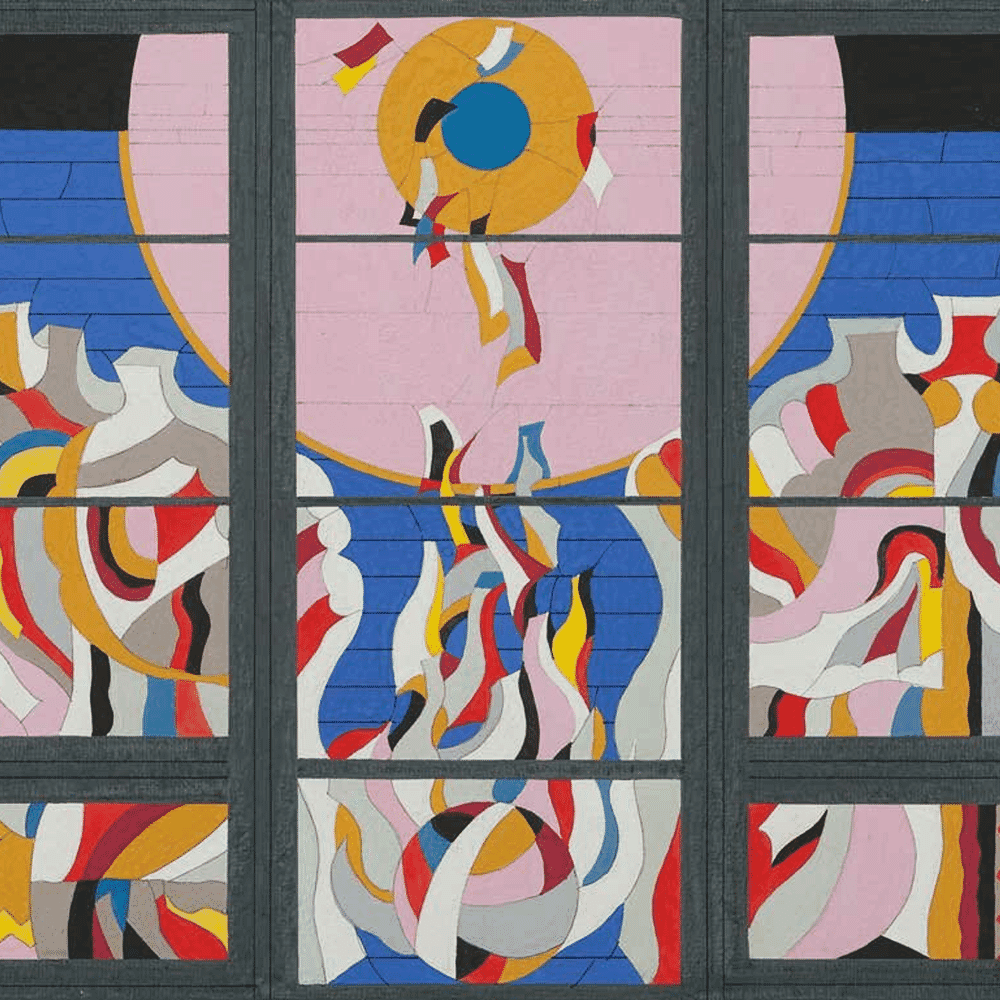
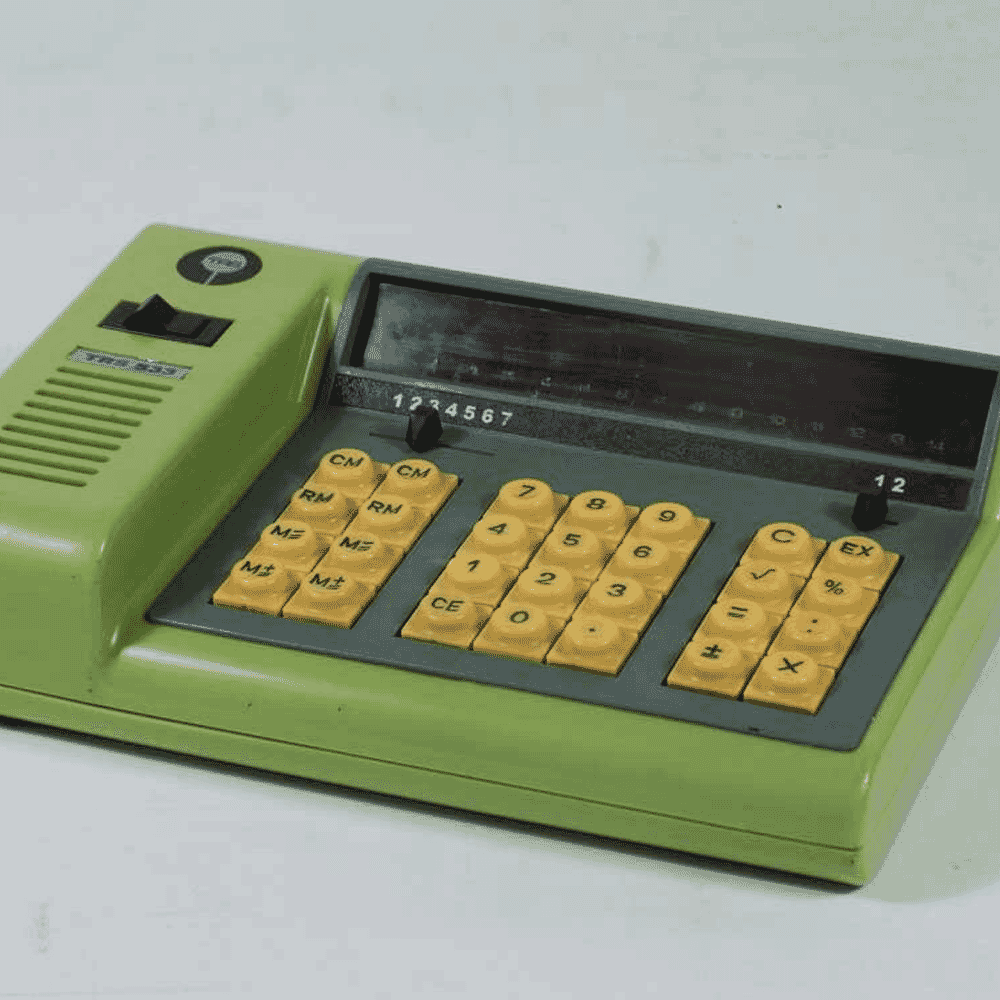
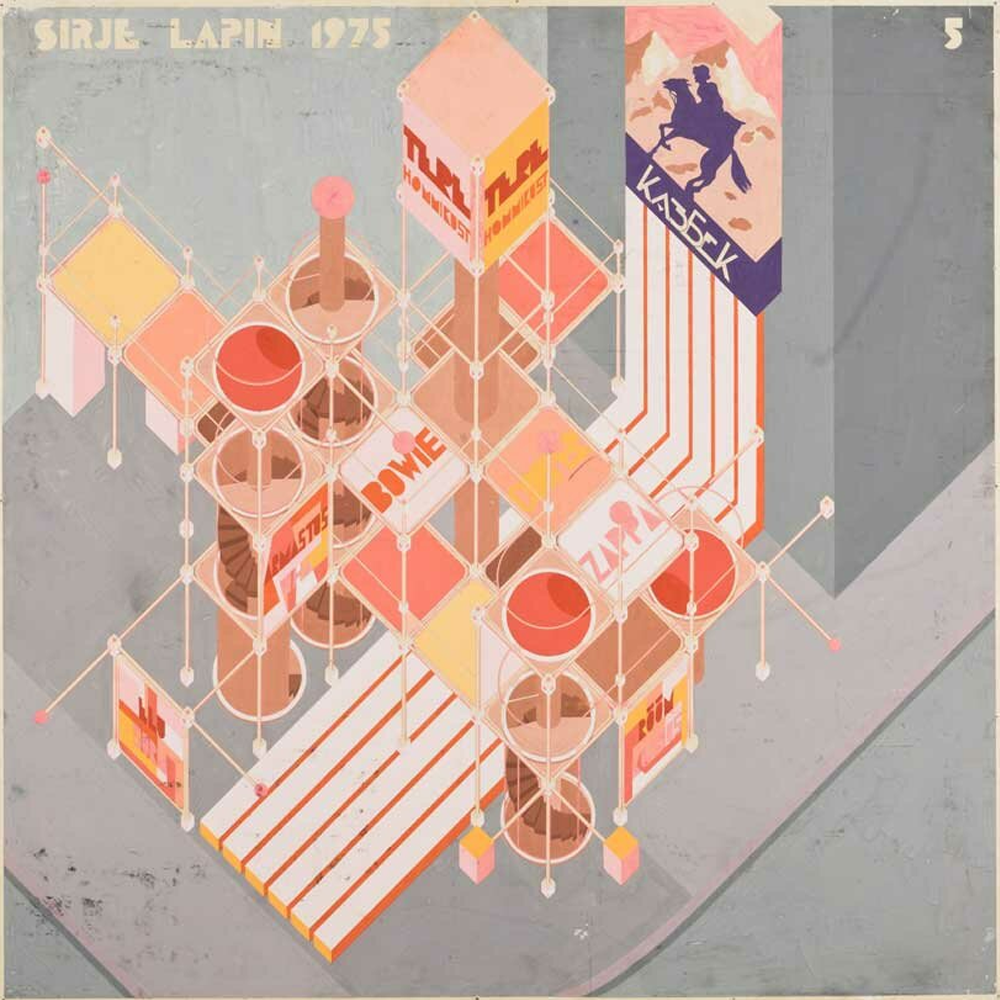
'Retrotopia’, as this pioneering exhibition is dubbed, brings together art, design and even stained glass windows from across what was then the Eastern bloc with exhibits from the former Yugoslavia, East Germany, Czechoslovakia, Poland and Hungary among others. It’s a jaw-dropping display of retro futurism art, art that while it was officially approved, still managed to illustrate the constraints under which artists lived and worked. Take tapestries and wall coverings from Hungary: they’re all from after the 1956 uprising that was so ferociously crushed. These artworks served as room dividers in cramped personal spaces and allowed privacy for whatever forbidden political discussions were still possible.
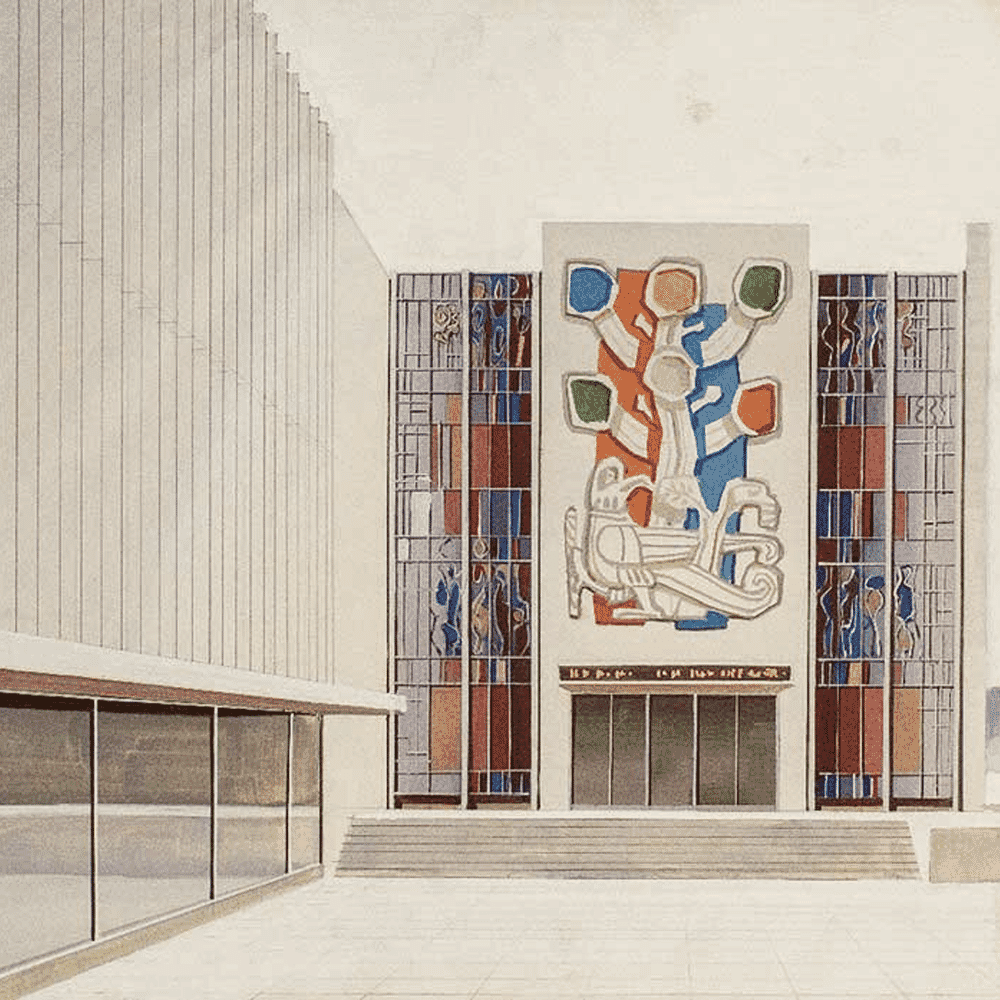
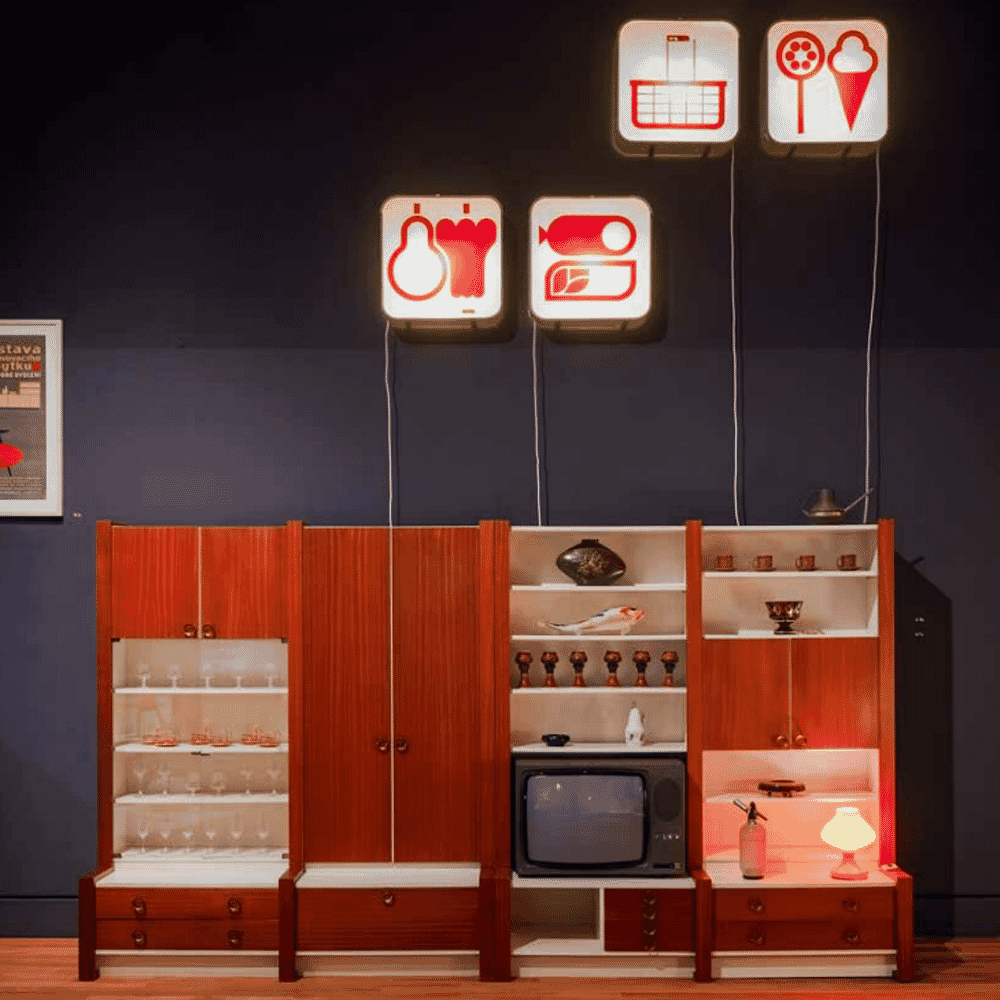
There’s a feel of retro sci fi art about some of the exhibits, as if they’re extras from the set of ‘2001: A Space Odyssey’. In truth, the minimalist feel of some pieces - such as the popular Polish coffee sets known as Dorota and Ina in a retro art style - was dictated as much by a shortage of materials as by a desire to create what we’d now call retro art. Wall-sized photographs of stained glass windows are from Ukraine, then Soviet-ruled, that while depicting apparently heroic achievement also, suggests curator Polina Baitsym, a certain frailness and even hope. This is a show of retro art like no other, in which every desirable piece carries the weight of a recent history. And, for us, that history has rarely been more vividly told. We’d love some of it in our own home.
Another exhibition on our radar is the "Auto Motive" in Los Angeles.




